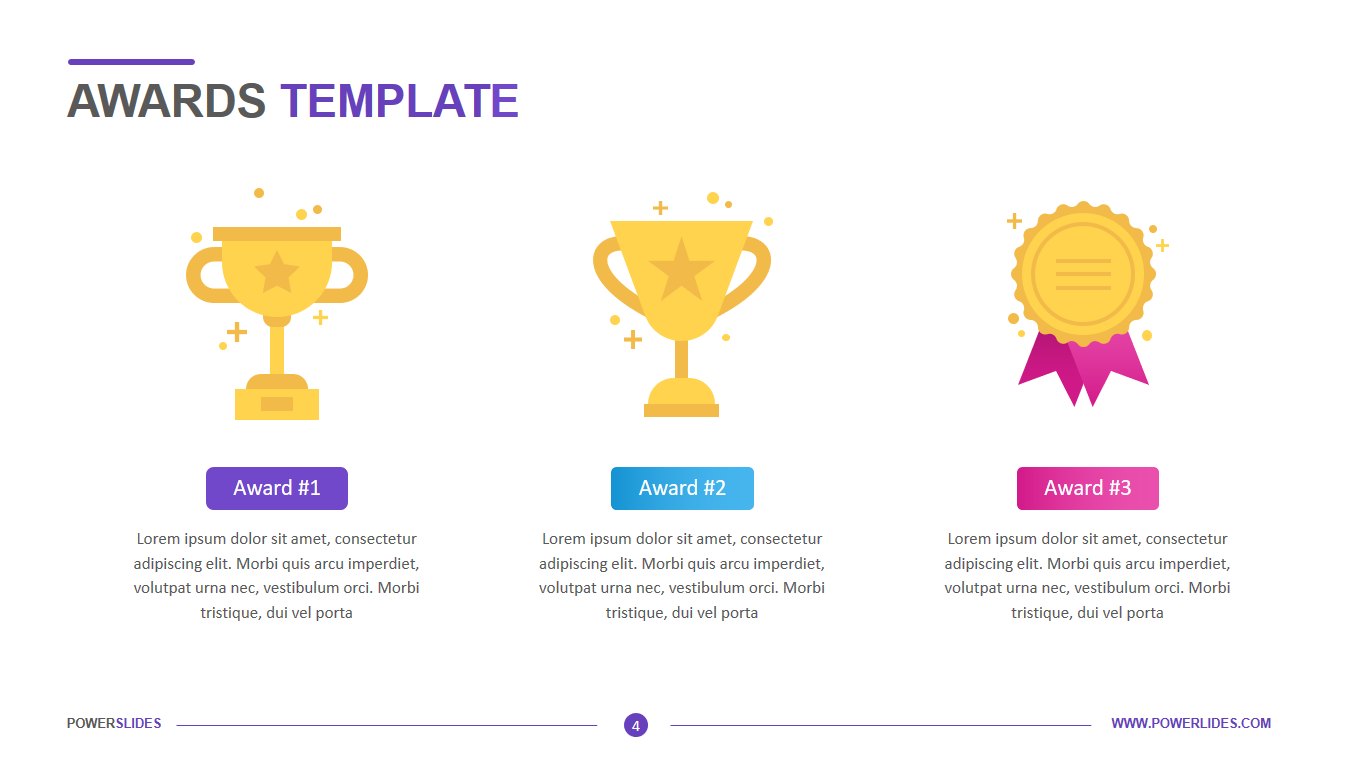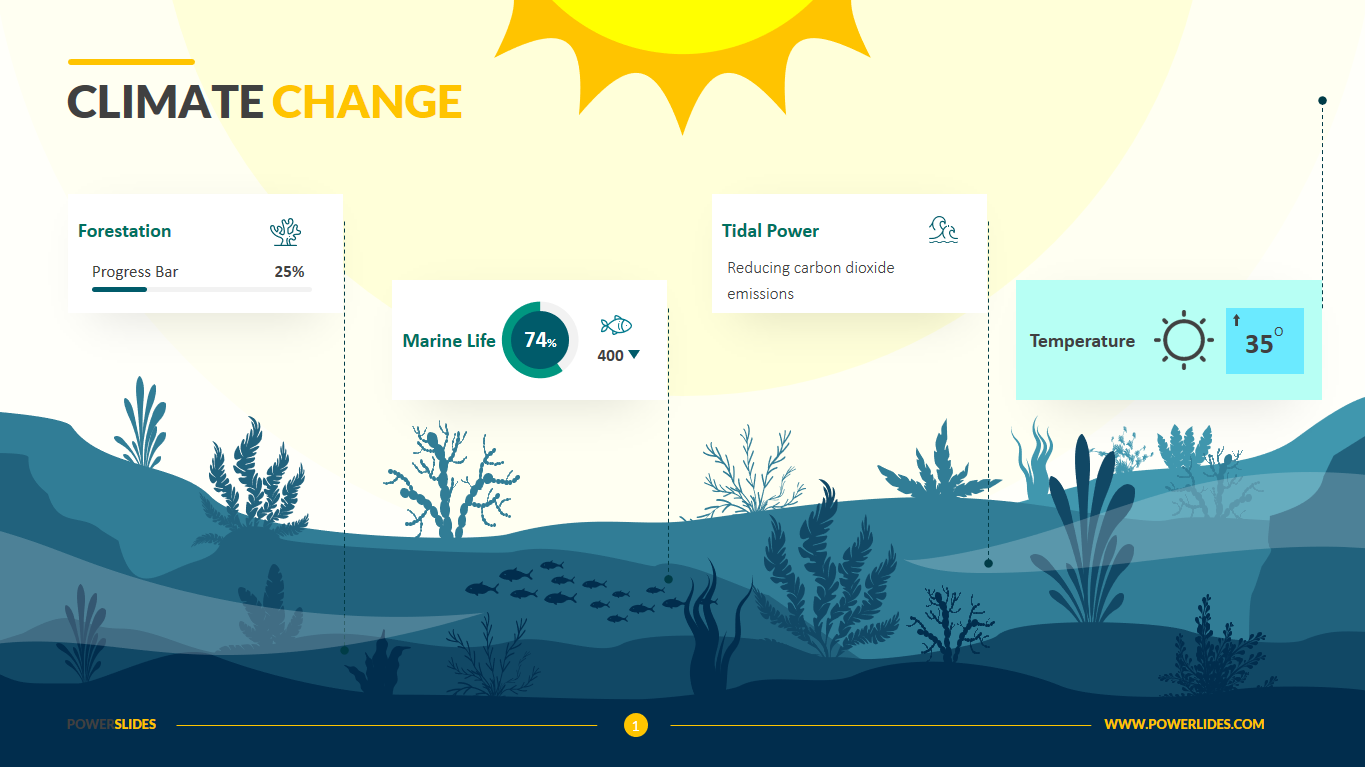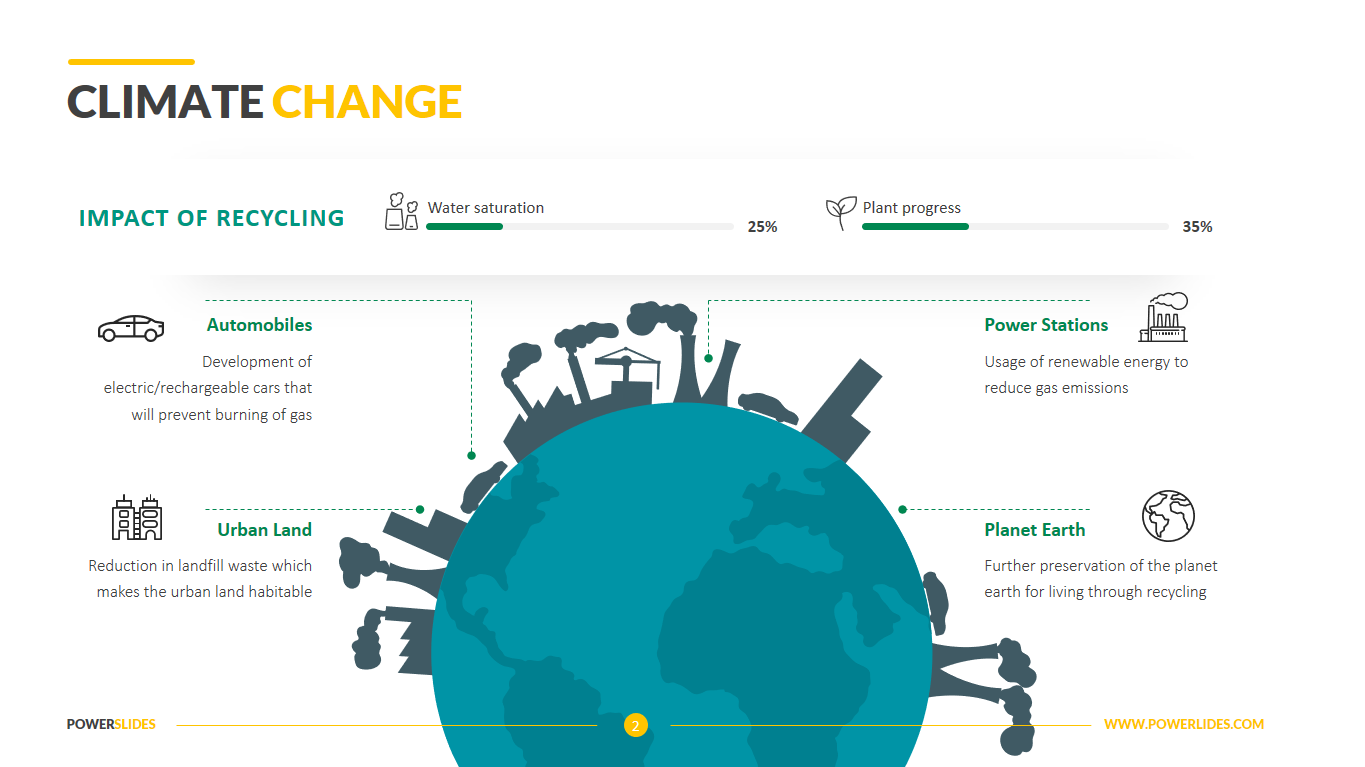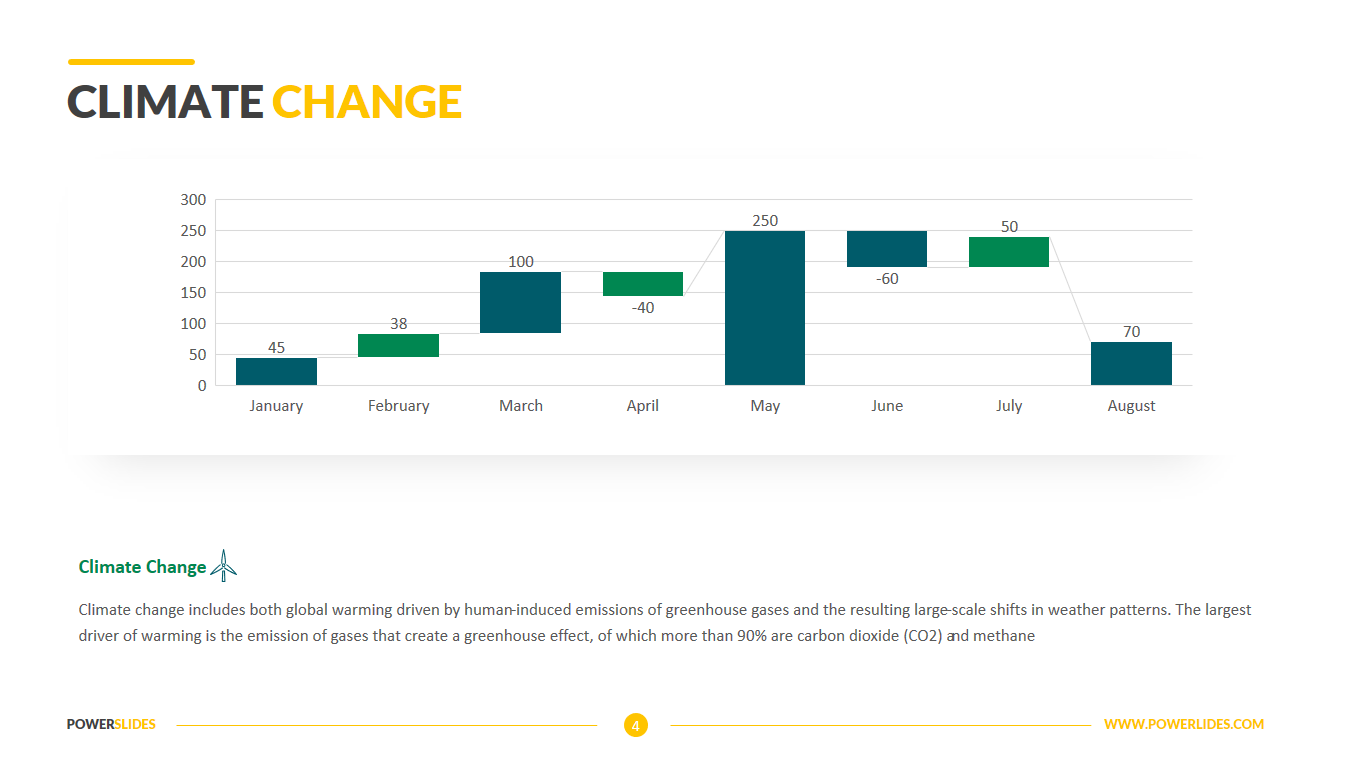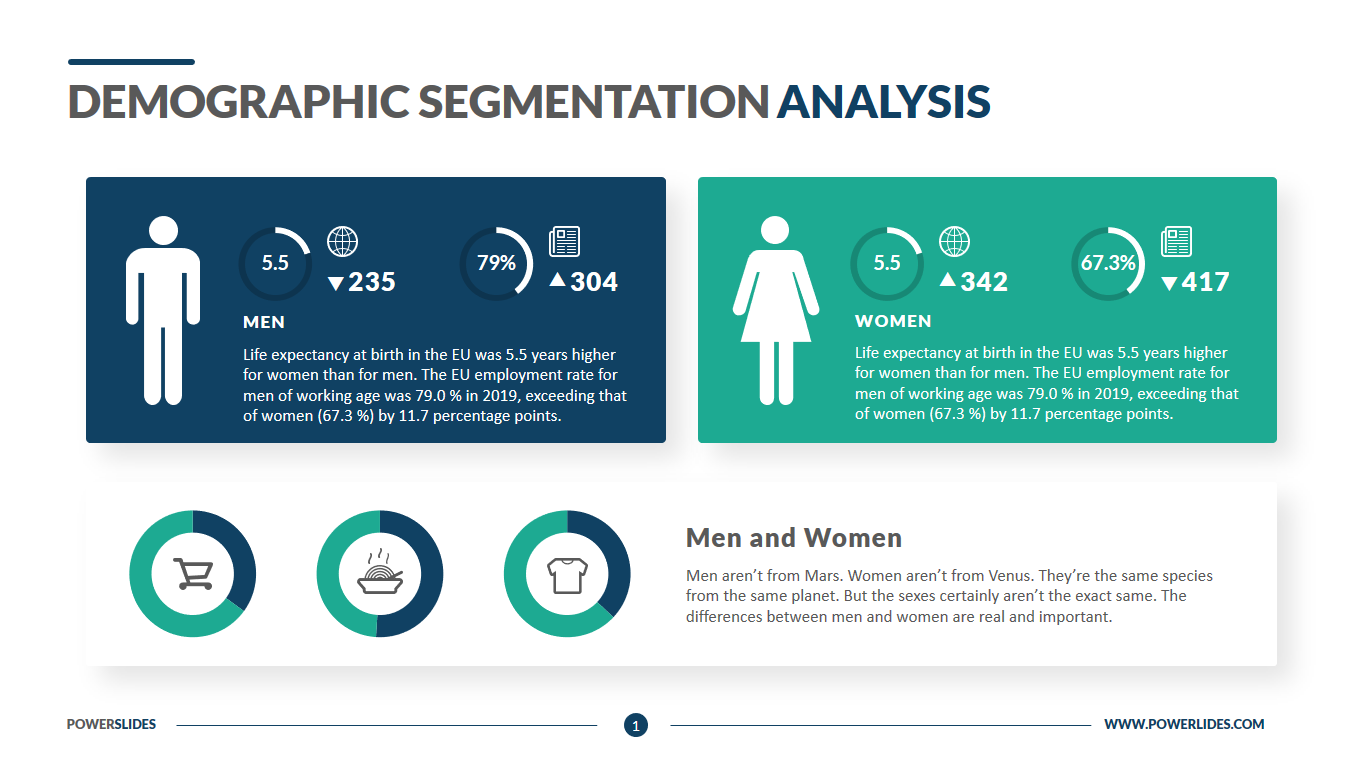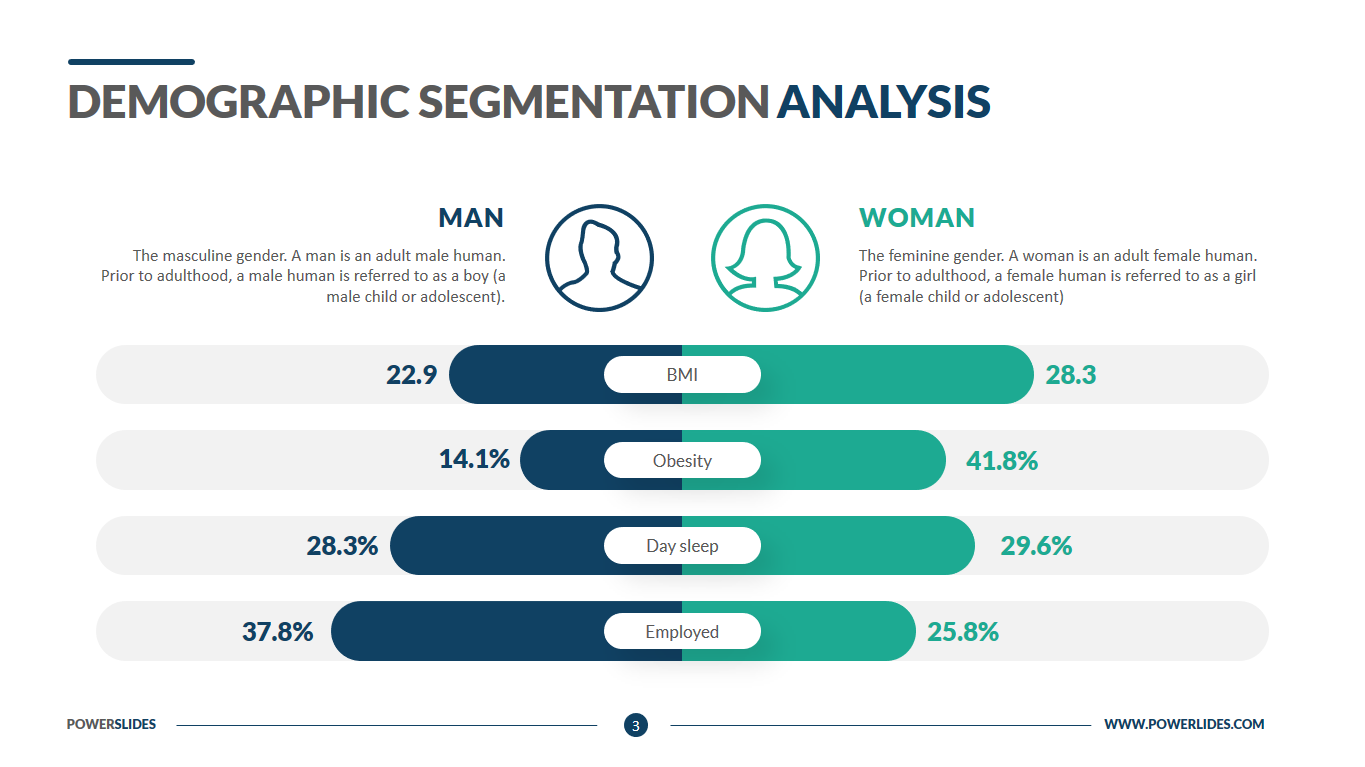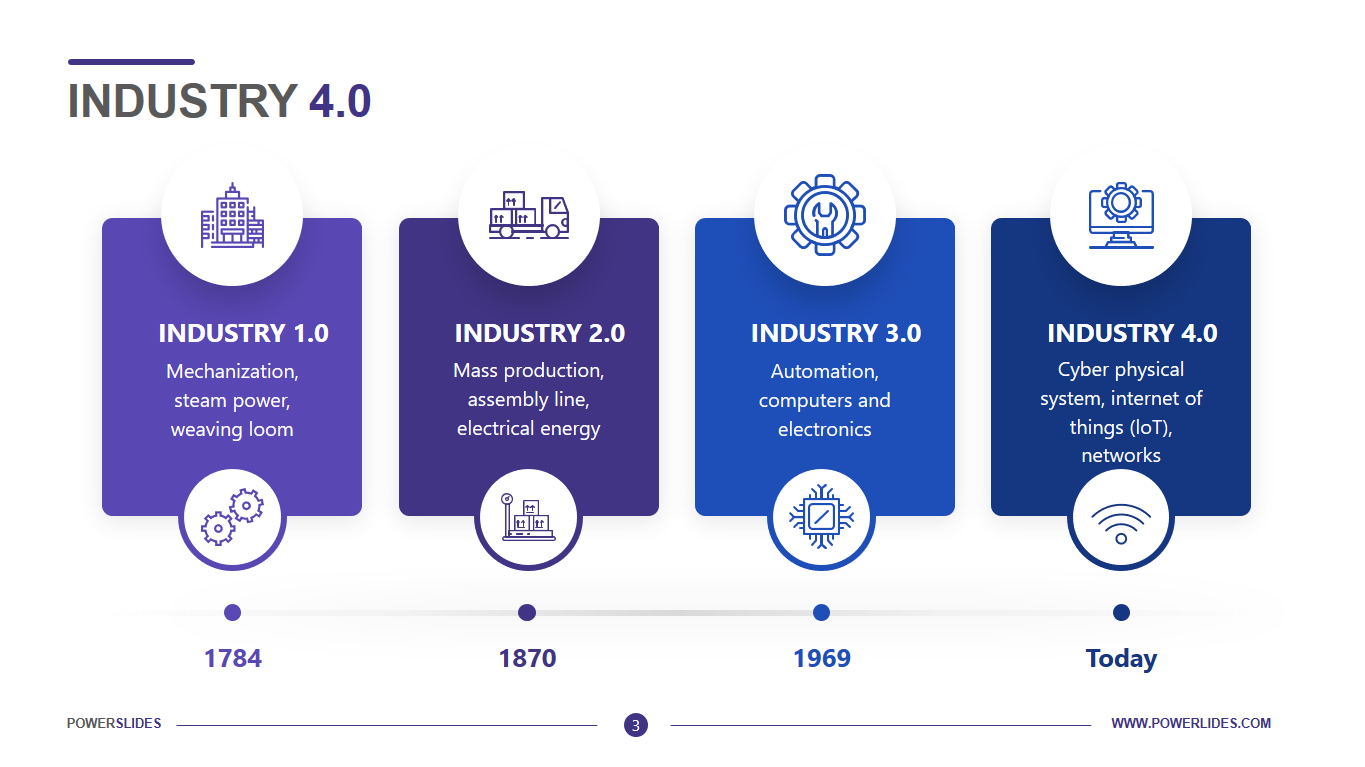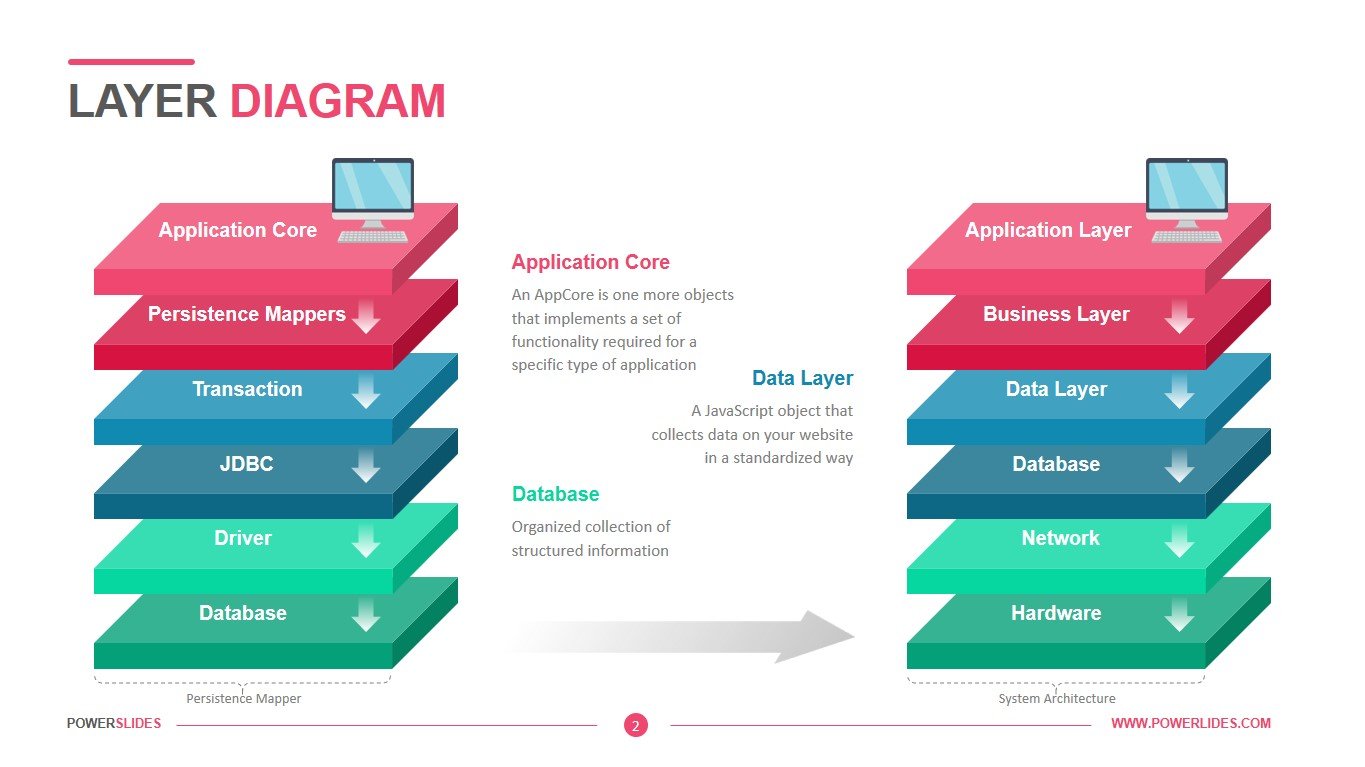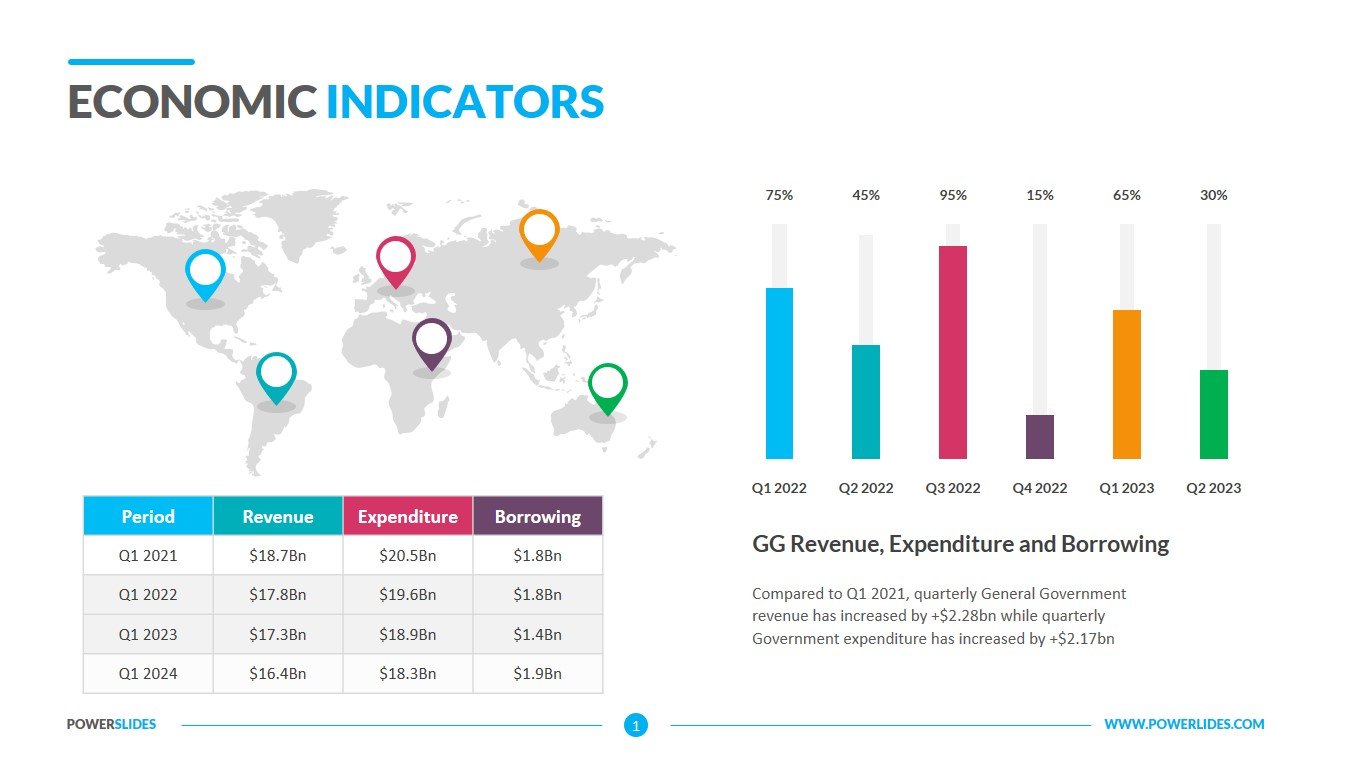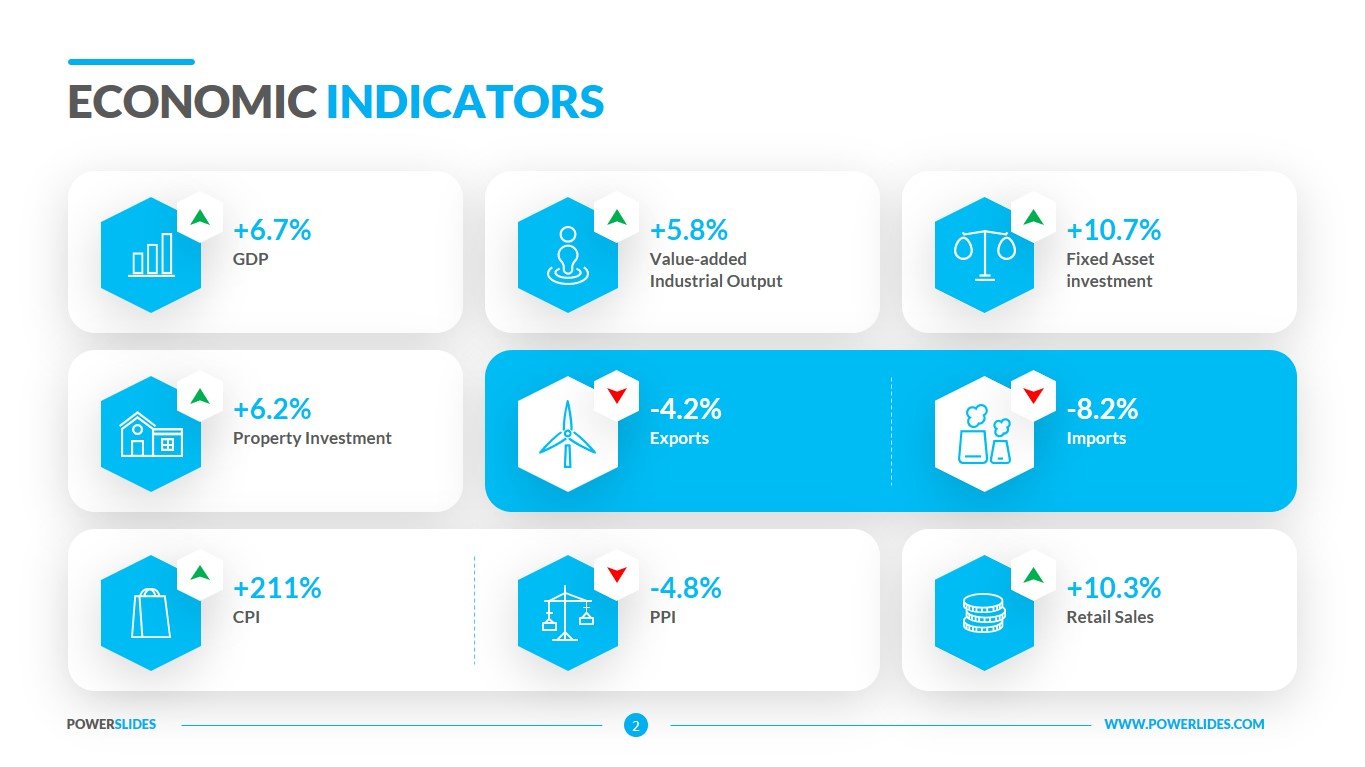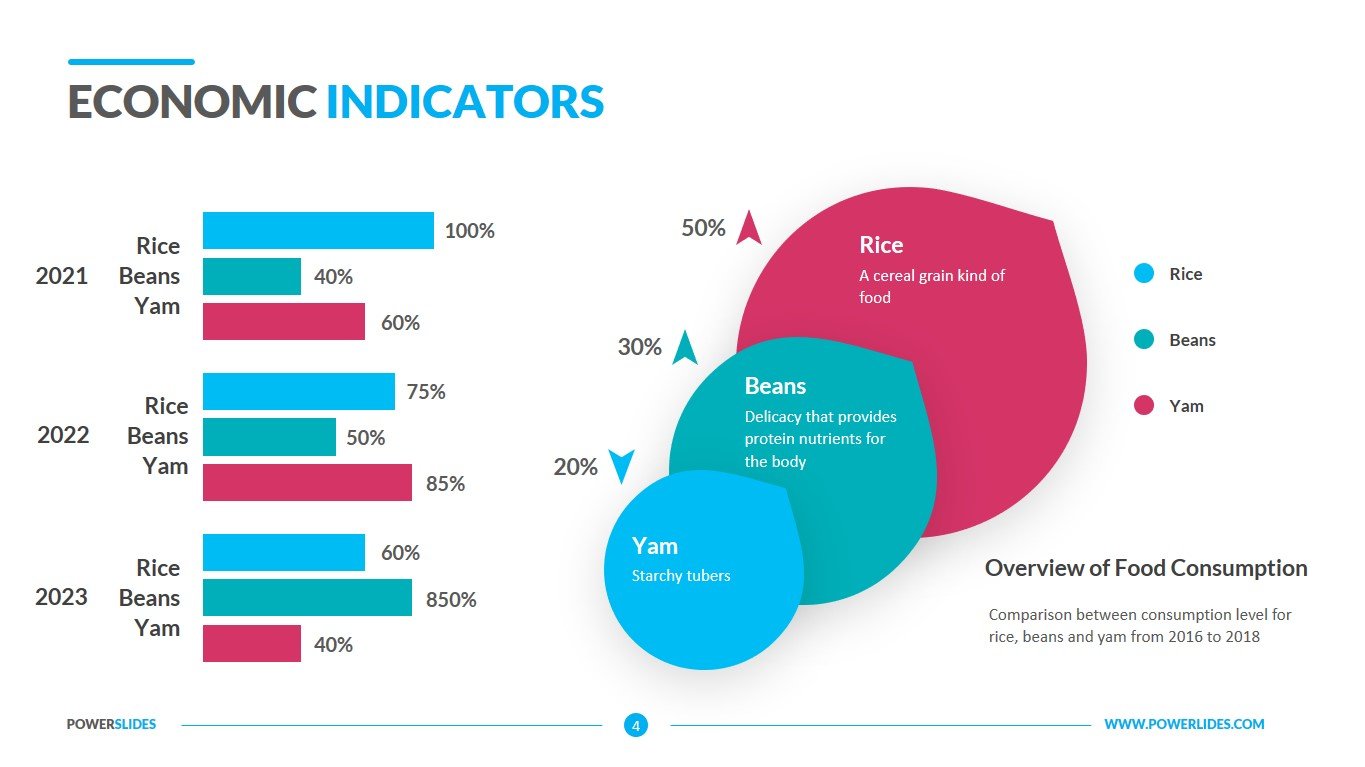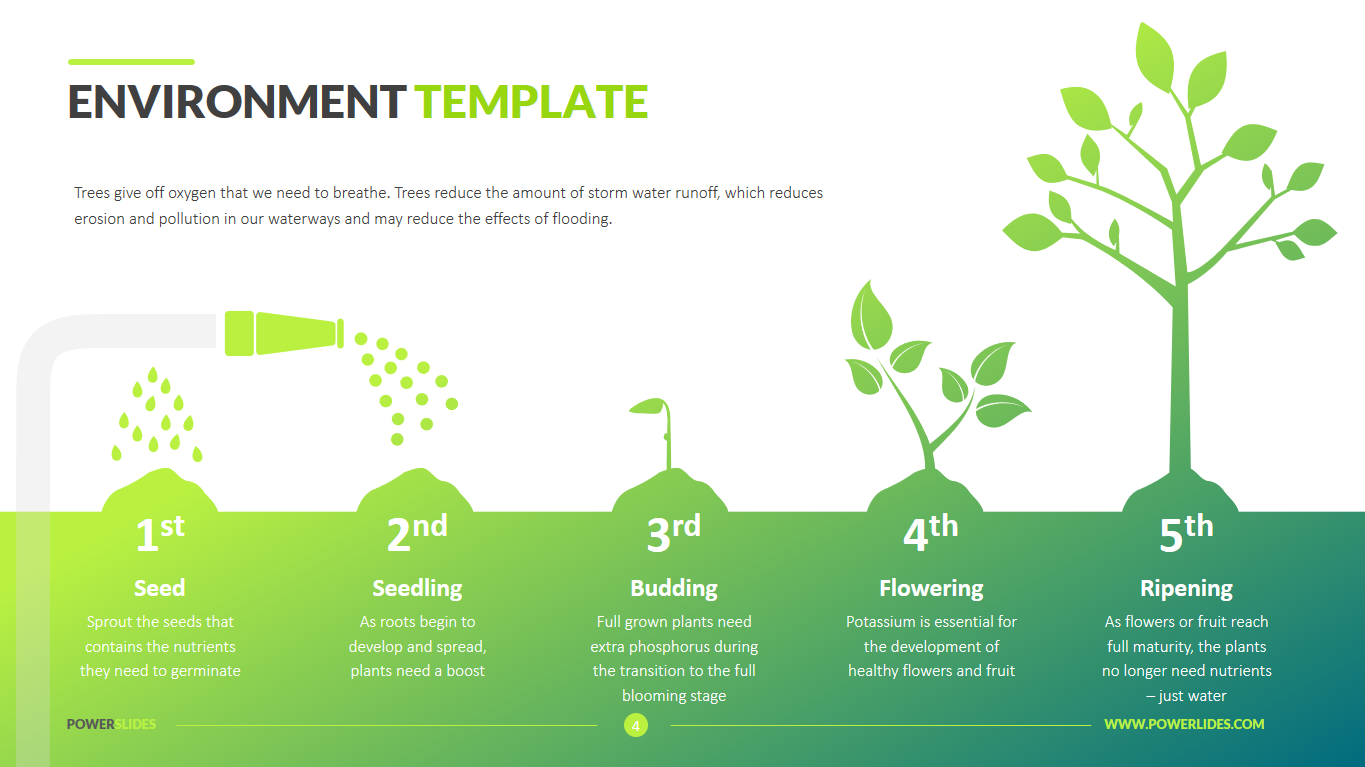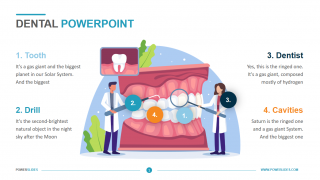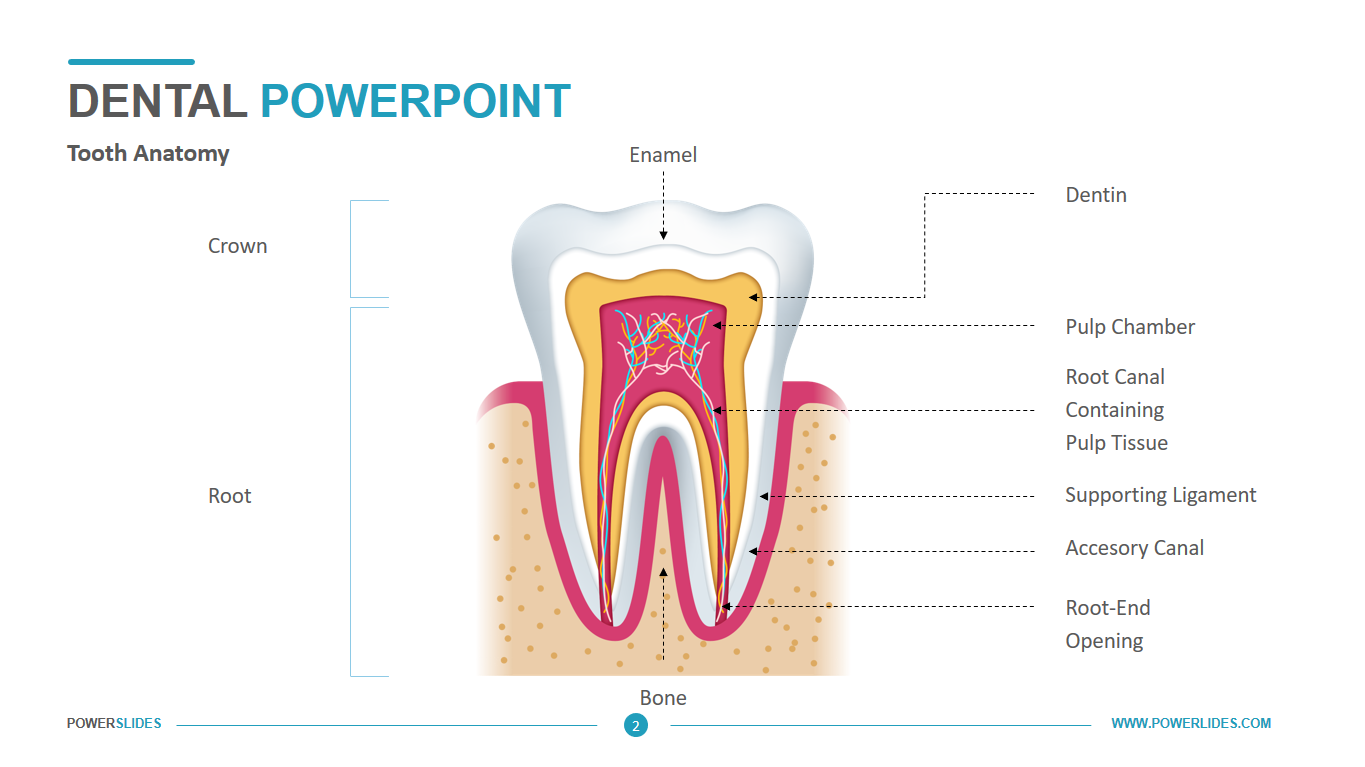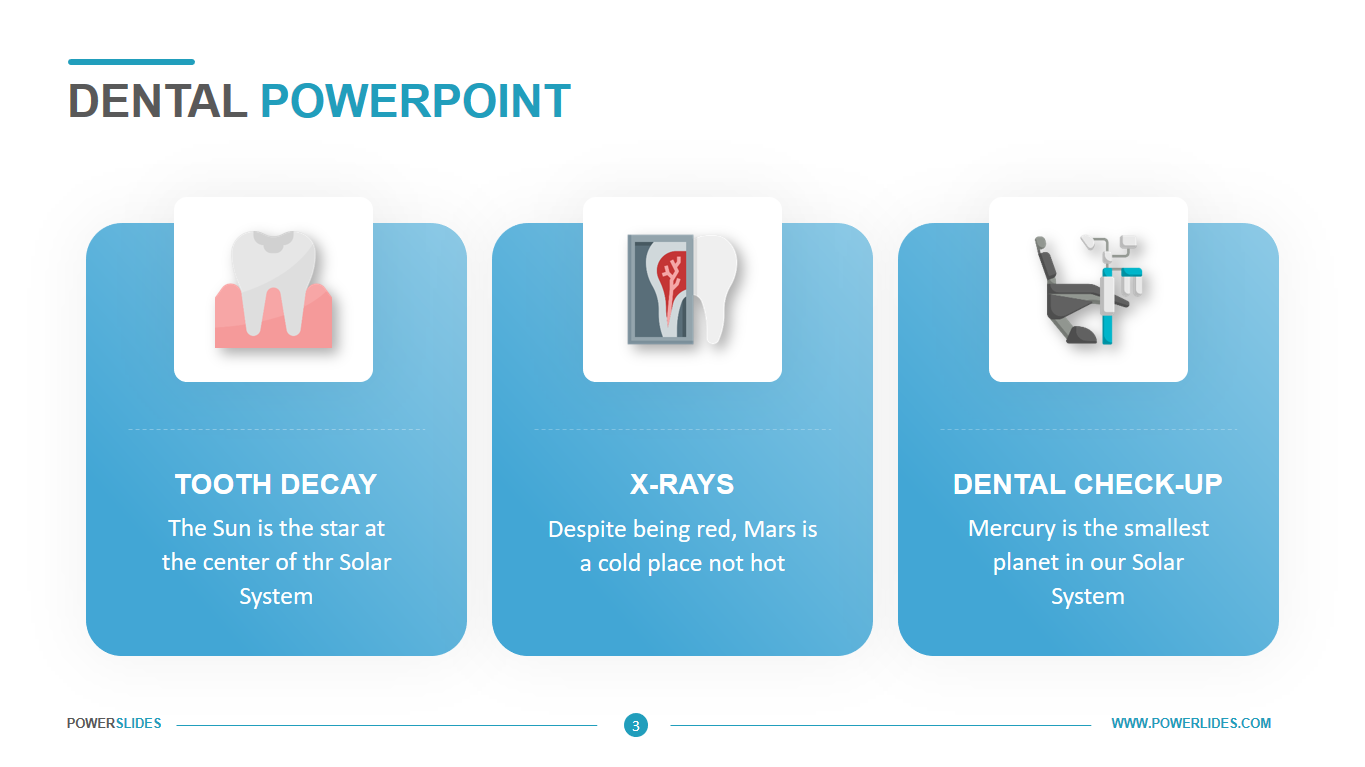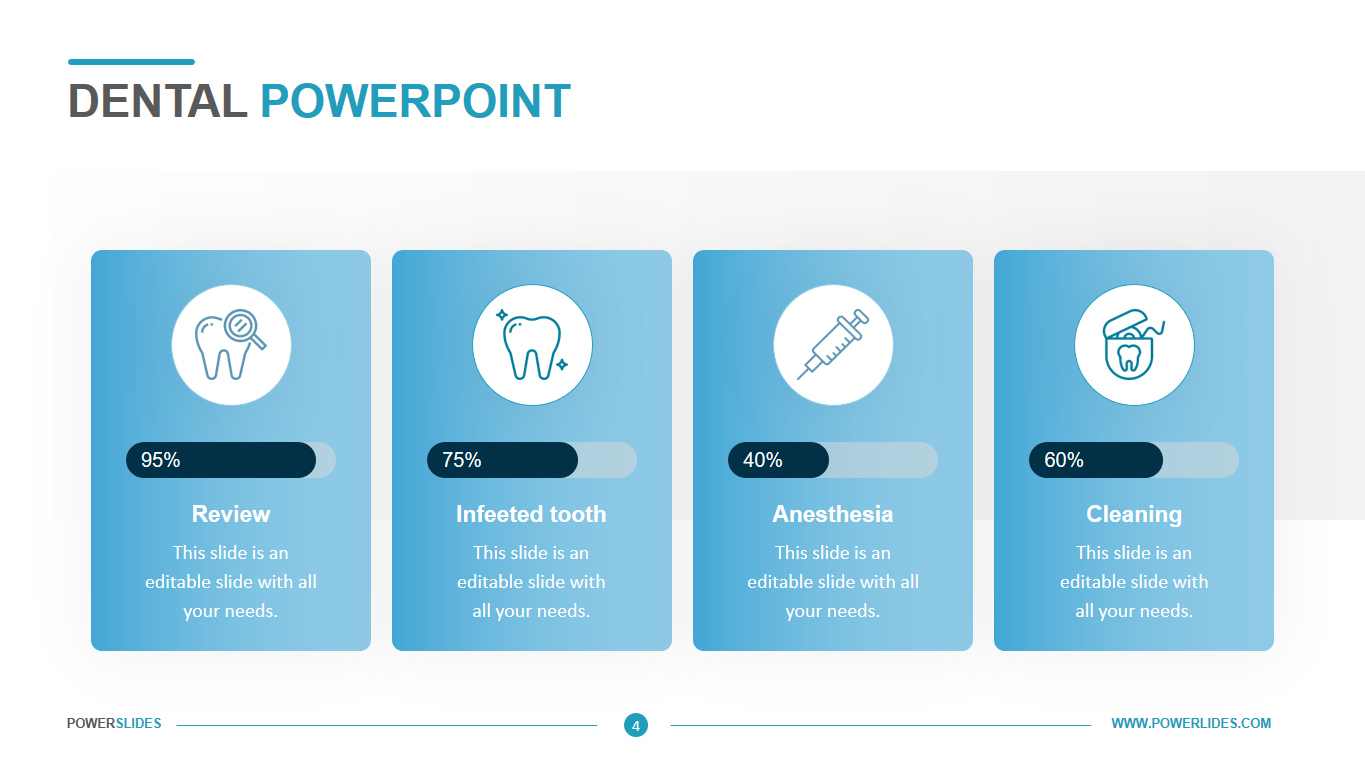Skull Template
 6 Slides
6 Slides
 File size: 16:9
File size: 16:9 
 Fonts: Lato Black, Calibri
Fonts: Lato Black, Calibri  Supported version
PPT 2010, PPT 2013, PPT 2016
Supported version
PPT 2010, PPT 2013, PPT 2016
Product details
The skull, the skeletal structure of the vertebrate head, is made up of bones or cartilage that form a single unit that protects the brain and some of the senses. The upper jaw, but not the lower one, is part of the skull. The human skull, the part that houses the brain, is spherical and relatively large compared to the face. In most other animals, the front of the skull, including the upper teeth and nose, is larger than the skull. In humans, the skull is supported by the tallest vertebra, called the atlas, which allows nodding. The atlas includes the next lower vertebra, the axis, to allow side-to-side movement. In humans, the base of the skull is the occipital bone, which has a central opening through which the spinal cord passes. The parietal and temporal bones form the lateral sides and the uppermost part of the dome of the skull, and the frontal bone forms the forehead; The cranial floor consists of sphenoid and ethmoid bones. The nasal cavity is formed by the vomer, nasal, lacrimal and nasal bones. The human skull has numerous holes through which cranial nerves, arteries, veins, and other structures pass. The bones of the skull containing holes include the frontal, ethmoid, wedge-shaped, maxillary, palatal, temporal, and occipital lobes. The skull is a vital bone in the body because it contains the brain, one of the delicate organs of the body. It protects the brain and the facial skeleton, which is more fragile because it consists mainly of thin-walled bones. Some are air-filled cavities called the paranasal sinuses. The skull has a space called the cranial cavity, and it contains thin material, including the brain, which is filled with arterial blood and drains venous blood. It also contains cerebrospinal fluid and meninges. The skull provides attachment to the muscles of the head. Basically, the brain and other fine structures are protected by the skull. Hence, it is important to take good care of the head, as if the skull is broken, the person can have big problems. There is a possibility that the brain will be damaged, which can be fatal.
The Skull template consists of six slides, each with stylish and modern infographics and all the tools you need to create a professional presentation. This template will be primarily useful for healthcare professionals. For example, you can use this template when describing traumatic brain injury in patients. This template can also be used by manufacturers of protective helmets when preparing a presentation about their products and their protective properties. Medical educators can use this template when preparing lectures for students. You can also use the slides in this template to prepare a presentation on Day of the Dead, a Mexican holiday celebrated in Mexico and other countries associated with the Catholic celebrations of All Saints ‘Day and All Saints’ Day.









